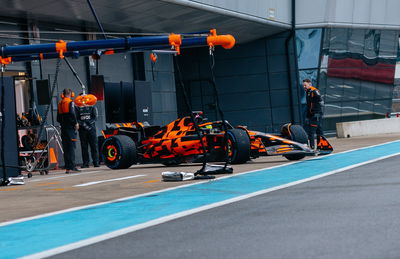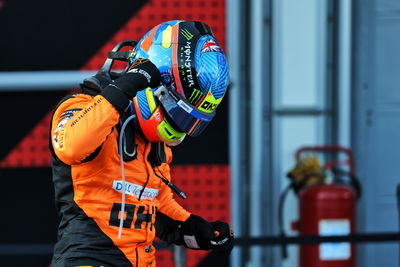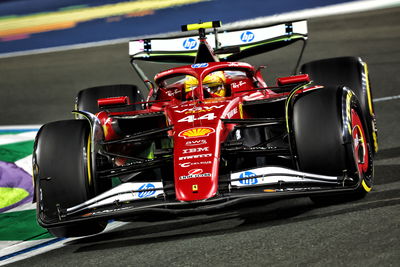Revealed: The changes behind McLaren’s ‘innovative’ 2025 F1 car
McLaren reveal the key changes to their "innovative" 2025 F1 challenger.

McLaren have explained their approach to developing what they have described as being an “innovative” 2025 F1 car.
The reigning constructors’ world champions became the first F1 team to reveal their 2025 challenger ahead of the start of the new season on Thursday, with their new MCL39 breaking cover at Silverstone.
Lando Norris and Oscar Piastri shared 200 kilometres of permitted track time in the car which sported a one-off ‘geometric camo design’ livery in papaya orange and black.
McLaren team principal Andrea Stella said his side focused on two key areas to enhance performance with their new car.
“It is a car in which we tried to raise the bar in many areas,” Stella explained.
“Including the fundamental layout, something that definitely we evaluated carefully, because the MCL38 was already a competitive car, so we needed to be conscious, considerate as to how much we wanted to innovate, but ultimately we went for a relatively challenging approach in terms of how much of innovation is in this car.
“This is predominantly to gain aerodynamic efficiency, to allow our colleagues in aerodynamics to have volumes to use for their geometries. At the same time, we still wanted to make some improvements in terms of interaction with the tyres, especially with long-run pace.
“I think they fundamentally are the two areas. Obviously, there’s some tuning on the suspension as well, in terms of the mechanical grip, but nowadays the suspension, they pretty much tend to serve aerodynamics.”
The front and rear suspension of the MCL39 feature notable changes compared to its predecessor in what is a refined approach to aerodynamics. McLaren have also adjusted the shape of the sidepods and engine cover.
Stella explained that “pretty much every fundamental component of the layout” has been modified in some way.
“Pretty much every fundamental component of the layout has been subject to some innovation in order to gain, sometimes not only by marginal gains, some technical opportunities for development,” he continued.
“Most of the time this is to then serve the purposes of aerodynamic requirements or in some other cases for mechanical grip.
“In reality, pretty much from the front wing to the gearbox crash structure, everything has been subject to optimisation, sometimes incrementally, sometimes actually quite substantially.”












